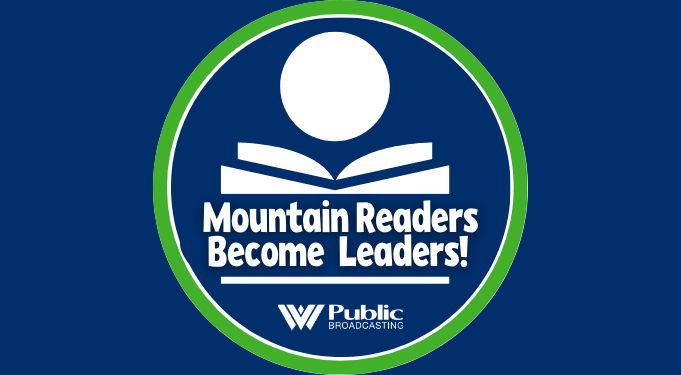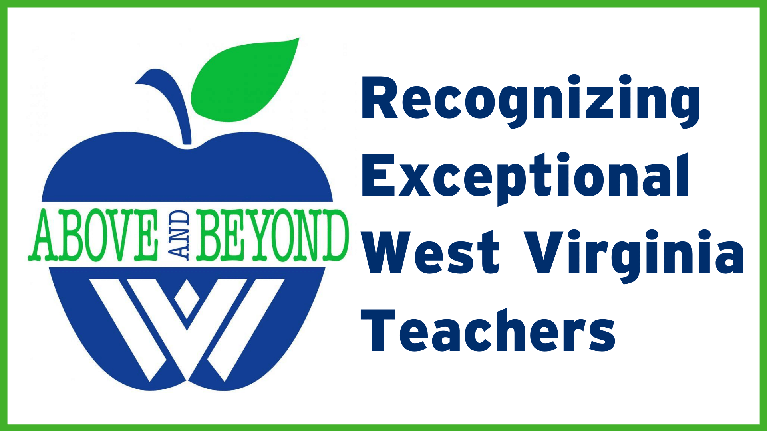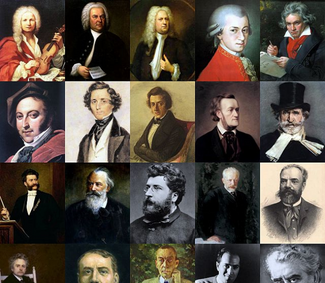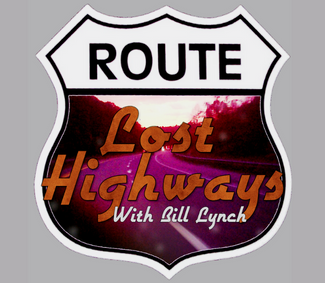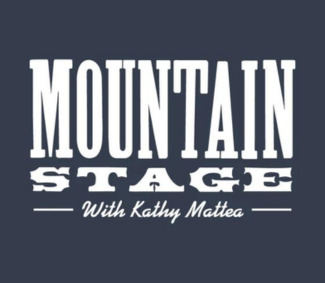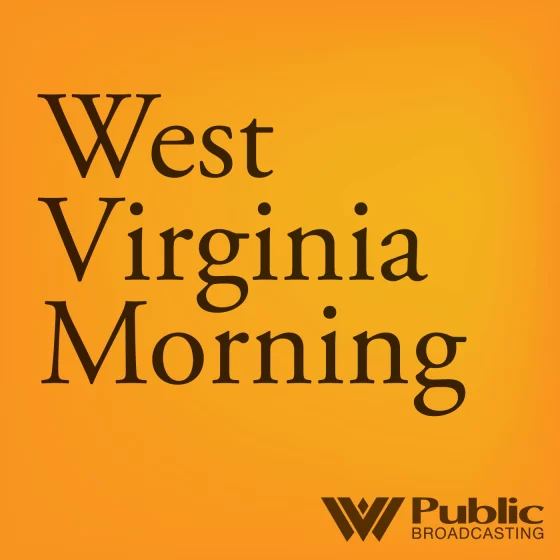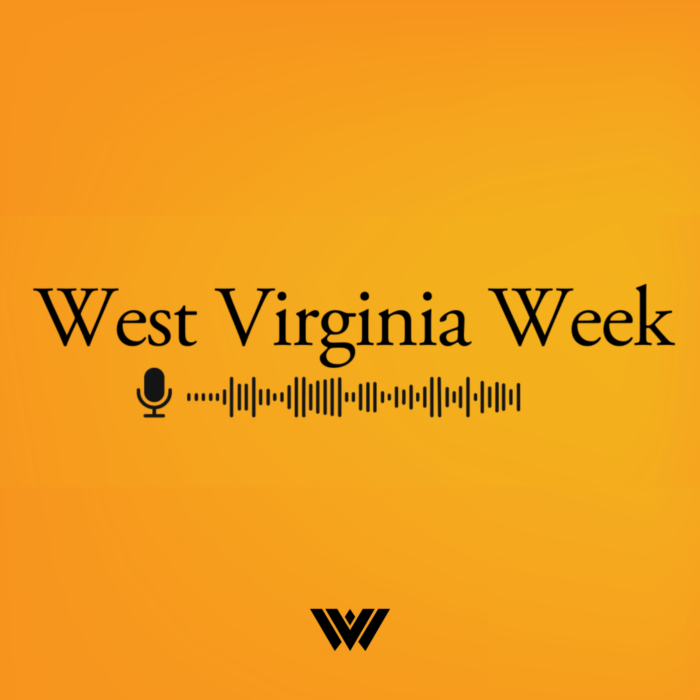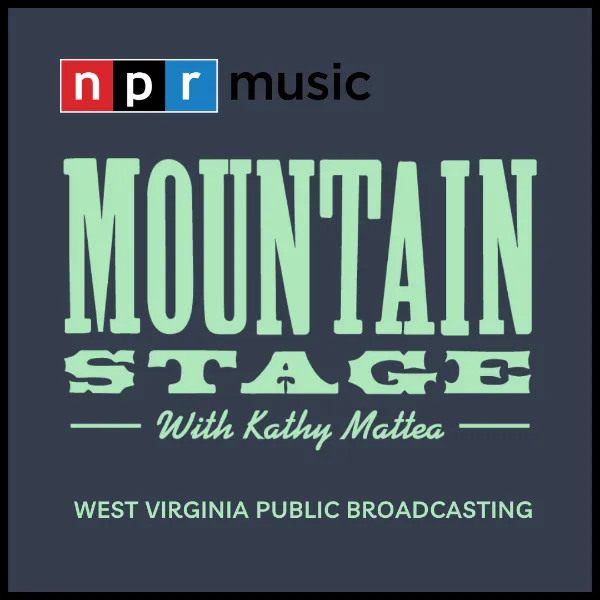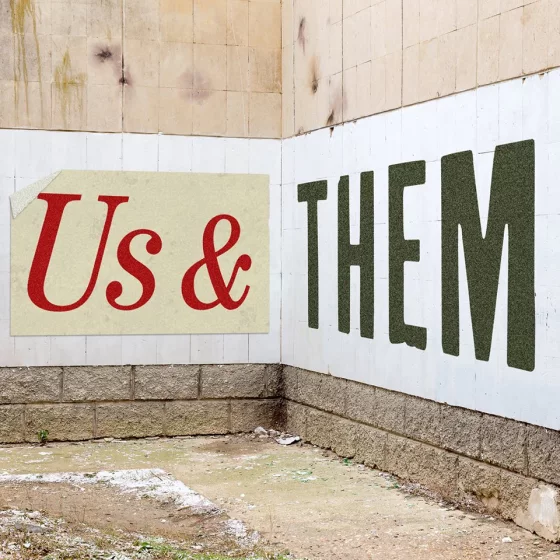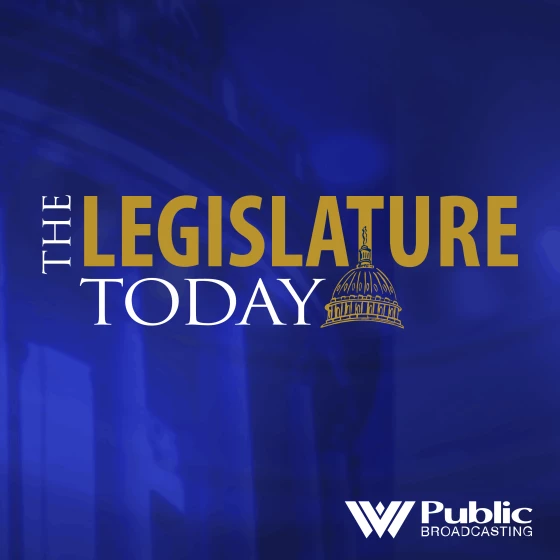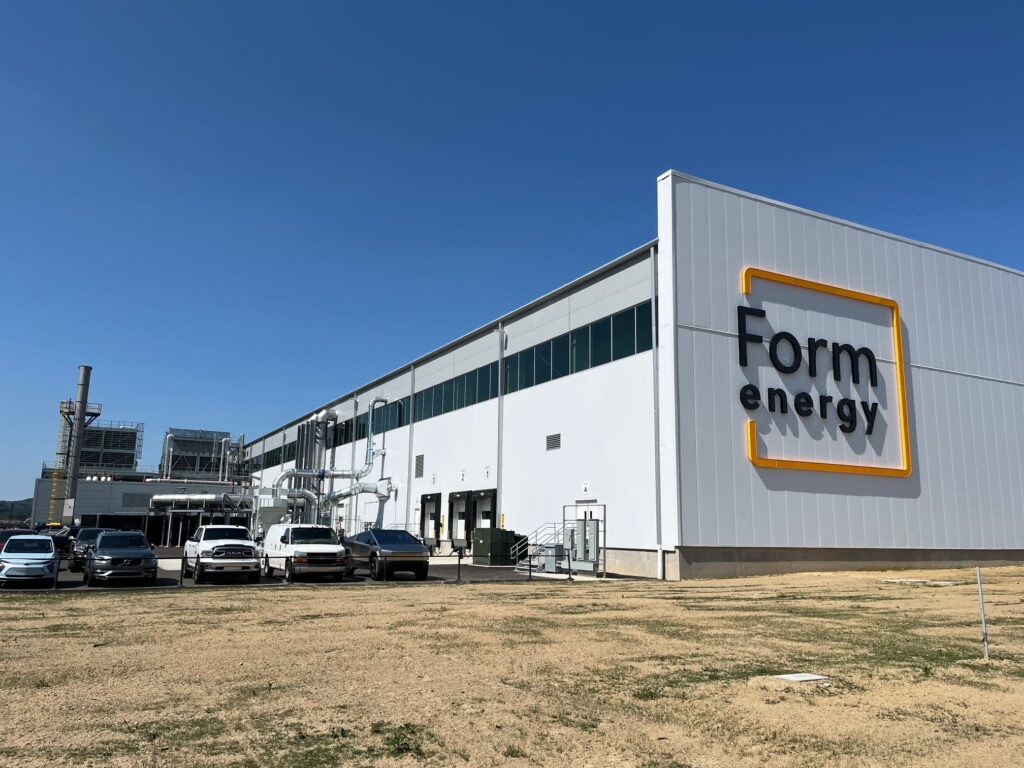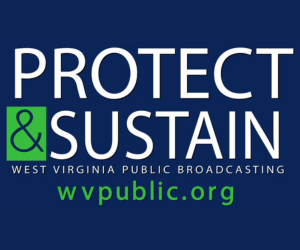President Donald Trump’s energy policy leans heavily on fossil fuels and dials back the growth in renewables.
Yet West Virginia is one of the nation’s top states in the growth of clean energy jobs.
Curtis Tate spoke with Bob Keefe, the executive director of E2, a group that supports clean energy development, about what recent changes mean for the state and country.
This interview has been edited for length and clarity.
Tate: I was surprised to see West Virginia is one of the top 10 states for job growth in clean energy.
Keefe: As you saw from our numbers, there’s more than almost 11,000 people, 11,000 West Virginians that now work in clean energy one way or another in that state. And that’s energy efficiency. It’s not necessarily that the typical solar panel installer or the wind turbine guy, right? These are energy efficiency jobs, folks making what I believe is one of the oldest housing stocks in the country, in West Virginia, more efficient and saving consumers money on their power bill every year. That’s the biggest part of the clean energy sector nationally, and I believe, also in West Virginia.
But it is solar workers. You had three or four major solar plants open up just in the past six, eight months, in the past year anyway, in places like in Berkeley County, where a new solar plant just opened up on land that I think was formerly a storage site for coal ash.
You got factory workers at places like Form Energy in Weirton, which obviously is a big deal – 450 or so workers now making next generation batteries and what used to be a shuttered steel mill. Just like the rest of the country, these jobs are growing. They’re growing faster than the economy generally.
Tate: The governor wants to expand energy production with fossil fuels and nuclear. He didn’t mention renewables.
Keefe: Which is unfortunate. When you look across the country, 90% of all new power that was added onto the grid last year was solar, wind and batteries. This is where the country’s moving. This is where the world’s moving. I don’t live in West Virginia. I lived in North Carolina for a long time, one of the biggest solar states in the country. I grew up there. And I can tell you that the sun doesn’t shine any brighter in North Carolina than it does in West Virginia. And there’s no reason that the governor needs to continue to tie the energy sources for West Virginians to what has become the most expensive power available.
Tate: Form is building batteries in Weirton. Aren’t those becoming a bigger part of the grid?
Keefe: It’s getting better every day thanks to innovation at companies like Form. I know it’s probably a dirty word, but I’ll bring up California. California now gets about 60% of all of its energy from renewables and batteries on a daily basis. There are many days when the state produces more than 100% energy from solar, wind, and batteries keep the lights on at night.
This is that we’re talking about the fourth biggest economy in the world, in California, and they’re doing it by not adding gas, not adding nukes, not adding coal. They’re doing it strictly through renewables. Look at other countries. They’re doing the same thing. There are other states. Look at Texas. Texas is the number one wind state in the country. I think it’s about to be the number one solar state in the country. It’s also going to be the number one state for battery deployment. There should be nothing political or partisan about creating jobs, driving economic growth and producing cheaper, cleaner energy.
Tate: What’s happening in the rest of the world, especially China?
Keefe: China is adding more clean energy than any place in the world right now. They’re exporting more clean energy products than any place in the world right now. Right now, 90% or so of all solar panels come from China and a few other countries. 90% of all batteries come from China and a few other countries. Finally, America is getting in the game, and it’s happening right there in West Virginia. We’ve got companies like Form that are creating new batteries across the country in the past three years.
I don’t know if you have seen our Clean Energy Project Tracker, but you know, there’s been 400 major clean energy projects announced all over the country. Form there in West Virginia, but certainly battery factories across the country. I think there’s 50 or 60 battery plants that have been announced. There’s 60 solar panel factories that have been announced. There’s 120 electric vehicle related factories that have been announced. This is how America gets back in the game.
Tate: What impact is the sharp turn in federal policy having?
Keefe: We’re already seeing that, yes. The federal actions are not just constraining it, it’s taking it the wrong way. Along with tracking projects that have been announced since January, we’ve been tracking projects that have been canceled, and what we know is that there’s been more than $22 billion worth of clean energy projects canceled all around the country, something like 12,000 jobs, 16,000 jobs that were in the works are not going to happen now. Why is that? It’s because businesses are getting the signal from this administration, and, by the way, from Congress when they passed the Big Bill that America is not open to clean energy businesses anymore. They’re taking their money elsewhere.



